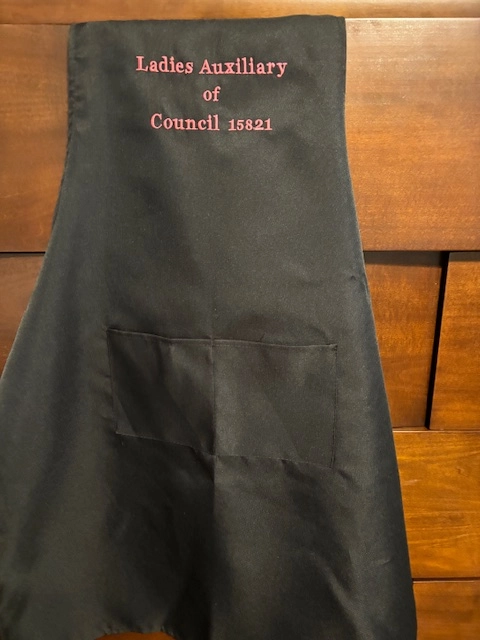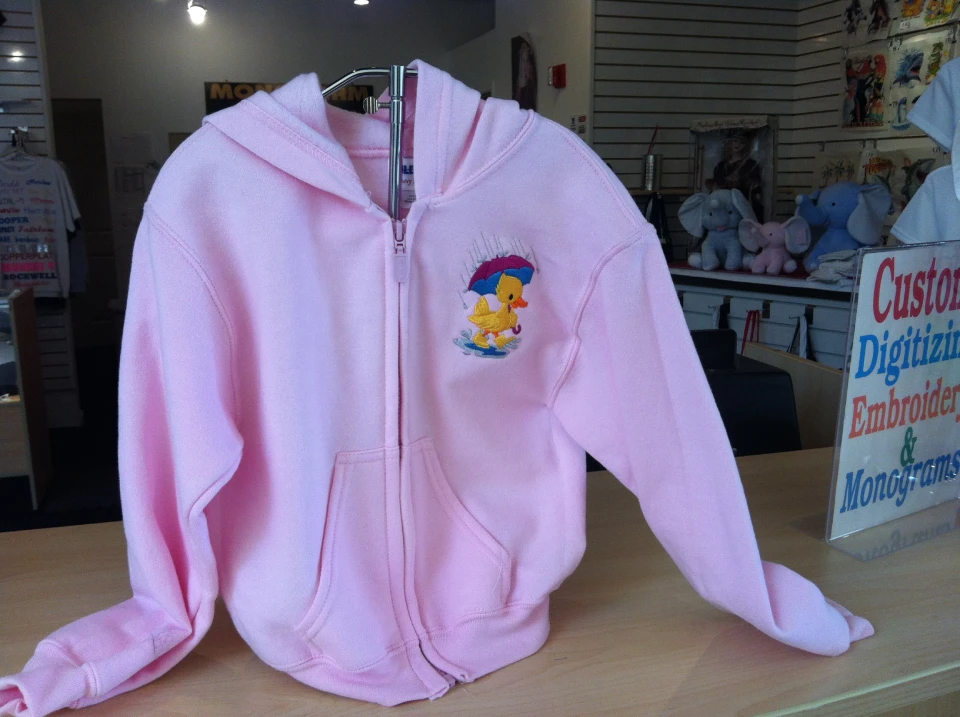Heat Transfer on T-Shirts and Aprons - Custom-made Styles and Logos
Heat Transfer on T-Shirts and Aprons - Custom-made Styles and Logos
Blog Article
The Art of Customized Needlework: Unlocking the Tricks to Creating Unique and Unforgettable Layouts
Needlework, a craft steeped in practice and artistry, holds within its elaborate stitches the power to change fabric into a canvas of one-of-a-kind expression. The secrets to producing personalized embroidery styles that captivate the eye and leave an enduring impression lie in a fragile equilibrium of technique, imagination, and interest to information. As we delve into the globe of personalized embroidery, we uncover the nuanced interplay between string selection, stitch complexity, and style customization that boosts a mere garment to an artwork. Join us on a journey through the art of custom-made embroidery as we unravel the mysteries behind crafting truly extraordinary and unique developments.
Picking the Right Needlework Threads
When selecting needlework strings, what key variables should you take into consideration to make sure the very best outcomes for your custom-made designs? The selection of needlework thread is critical in figuring out the final end result of your embroidered layout. One of the primary factors to consider is the material of the string. Different products such as cotton, polyester, rayon, and silk use varying degrees of sheen, durability, and appearance. It is important to select a string product that matches the textile you are embroidering on and straightens with the preferred appearance of the style.
Thicker strings can include dimension and texture to your layout, while finer strings are optimal for complex information and tiny message. Additionally, considering the color fastness and washability of the thread is important to make sure that your personalized layouts keep their high quality and vibrancy over time.
Discovering Different Stitch Methods
To look into the world of 'Exploring Different Stitch Techniques', one must understand the complexities and subtleties that each stitching approach offers the art of embroidery. Different stitch techniques not only include aesthetic interest but likewise contribute to the total texture and dimension of the design. One preferred stitch technique is the satin stitch, which involves closely stuffed parallel stitches to develop a smooth and glossy surface, ideal for filling in forms and developing strong details.
On the various other hand, the backstitch is a flexible strategy typically made use of for detailing and adding great information. It includes stitching in reverse to produce a solid line of embroidery. Furthermore, the French knot stitch adds a tactile component to styles, ideal for developing distinctive accents like flower facilities or attractive touches.
Checking out different stitch techniques allows embroiderers to play with light, darkness, and depth within their designs, elevating the aesthetic appeal and creative quality of their needlework projects. By understanding different stitching techniques, one can unlock countless opportunities for creating special and memorable customized embroidery items.
Incorporating Personalized Style Components
Having explored the ins and outs of various stitch techniques such as the satin stitch, backstitch, and French knot, the focus currently changes towards integrating tailored layout elements in custom-made needlework jobs. Individualized design aspects play a critical article function in making needlework tasks truly distinct and remarkable.
Another method to integrate individualized layout components is by including symbols or motifs that hold special significance to the recipient or show their rate of interests and individuality. As an example, including a favored blossom, animal, or hobby-related symbol can make the embroidery design more meaningful and customized. Furthermore, picking colors that resonate with the recipient or align with the intended motif can better enhance the customization of the needlework task.
Grasping the Art of Color Coordination

One secret element of shade control is understanding color theory. This includes recognizing how different colors engage with each various other, the emotions they communicate, and how they can be integrated to produce visually appealing styles. By applying shade concept concepts, embroiderers can develop harmonious color combinations that improve the general appearance of the style.
Furthermore, taking notice of comparison is critical in shade control. Making use of contrasting shades can aid particular components of the layout pop, boost readability, and develop an aesthetically vibrant embroidery piece. By mastering the art of color coordination, embroiderers can elevate their layouts and develop remarkable items that resonate with clients and audiences alike.
Enhancing Texture With Advanced Embroidery Stitches

French knots, for instance, are best for including tiny, elevated dots to your layout, resembling the appearance of grains or developing a distinctive surface area. Bullion knots, on the various other hand, can be made use of to develop twisted, ropelike components that include a luxurious feel to the needlework. Seed sewing entails little, scattered stitches that can load in locations with a multicolor structure, while turkey work produces fluffy, dimensional accents reminiscent of animal hair or vegetation. Trying out with these innovative needlework stitches enables you to push the boundaries of traditional embroidery and develop absolutely special and aesthetically attractive textures in your designs.
Conclusion
Finally, the art of custom-made embroidery entails a mix of choosing the appropriate strings, exploring numerous stitch methods, incorporating tailored style elements, understanding color coordination, and improving texture with innovative stitches. By comprehending and implementing these crucial elements, embroiderers can develop special and memorable styles that display their creativity and ability. Embroidery lovers can unlock the secrets to producing beautiful and bespoke items that stick out and leave a lasting perception.
Report this page